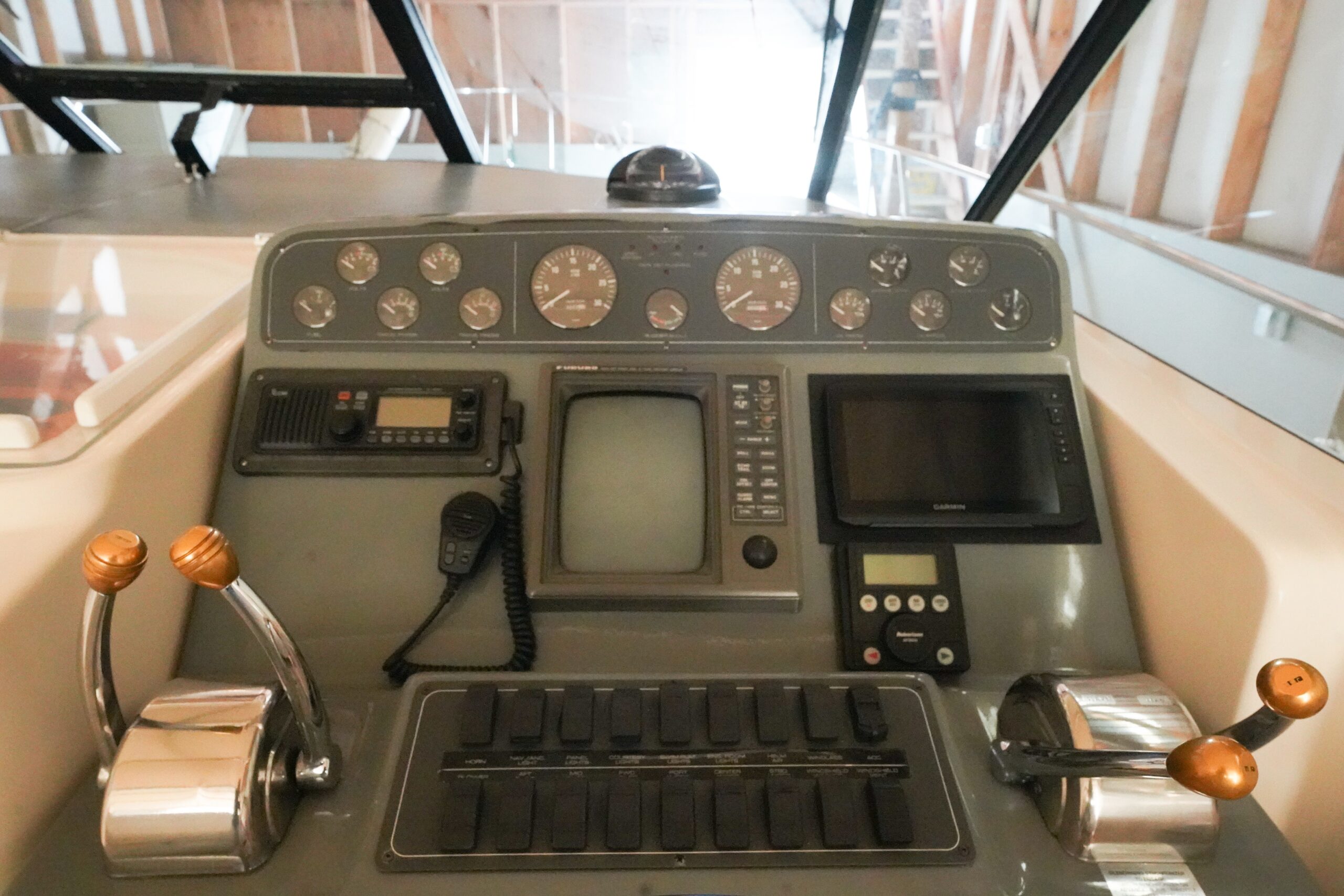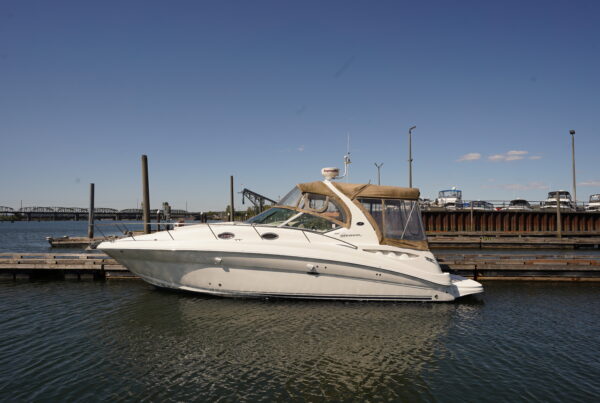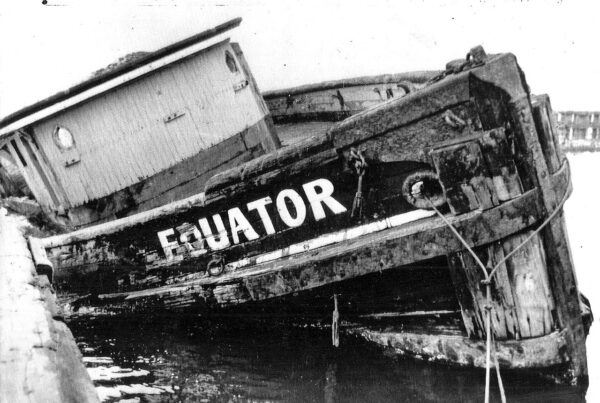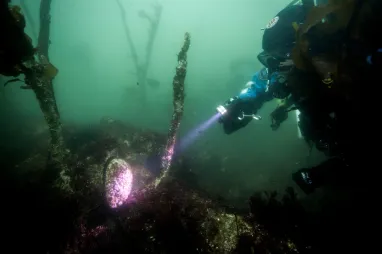Knowing what contingencies are common and which ones you should utilize are important for buyers, while it is good for sellers to know what to expect when selling their boat. Typical contingencies are a survey, sea trial/demonstration, and financing. We will walk through each of these here.
Buying or selling a boat is just like buying and selling a home. The process is very similar, and with good reason. A boat is a large purchase, one that takes care and time just like any real estate does. The buying process helps to protect both parties so that a boat is bought and sold according to logic and condition; as much as possible.

What is a Contingency?
Contingencies come into play when a buyer is considering putting in an offer on a boat. Contingencies are part of the negotiation process, and while sellers cannot outright tell a buyer to remove a contingency, if they instead get a better offer from another party within the time period (typically 3 days as stated in the purchase agreement) then they can accept that alternative offer.
The best example of this is with a financing contingency. This is when a buyer will work with a lender or marine/yacht lender to finance the purchase of a boat. Most lenders will only finance boats that are 20 years or newer, though there are a couple that will do up to 30 years. It is near impossible to find financing for boats older than 30 years due to the bank’s increased risk with vessel age. Going back to our scenario regarding offers. If a seller receives two offers within the 3 day window, one offer is contingent on financing and the other is cash, then nine times out of ten the seller will move forward with the cash offer. Cash is king.

The Survey
The most important contingency is the survey. This is where a certified surveyor (SAMs, NAMS) will come onto the boat and provide their review of the boat, its systems, hull, and everything in between. A surveyor is typically paid for by the buyer, and they then have sole rights to the survey indefinitely. Surveys are required when financing, and almost all (if not all) insurance providers will require a survey when purchasing a vessel as well. Different insurance providers have different terms where they can accept previous surveys; we have heard of insurance providers accepting up to 5 years but find that out for yourself. Regardless, we would always recommend a survey. Again similar to real estate, this is part of the process that you don’t want to avoid. A boat is a large ticket item and you want to make sure you are buying a boat that matches the quality of condition you are paying for. The only time we would even remotely consider not utilizing a survey is if there is a survey provided from the seller in the past year; but even that has its risks.

How Surveys Affect Negotiation
Surveys also help you to confirm both condition as well as your offer price. In ~60% of boat sales a second round of negotiation will happen post-survey. This is due to various items that come up and are then negotiated between parties, as necessary. Even without items being addressed, a survey can help you to finalize your offer price. For example if you offer $80,000 on a vessel and a survey comes back with a market value of $75,000 then you have the opportunity to negotiate your offer to match the survey or adjust accordingly. On the flip side if the survey comes back on that same vessel for $90,000 then you can review any items that need to be addressed now or in the near future and determine if additional negotiation will be useful or necessary.
Surveys remove emotion from buying and selling a boat. They are designed to focus only on logic through condition and price. This helps to ensure objectivity across all parties involved, and we believe that surveys are the single most important piece of information when buying or selling a boat.
Types of Surveys
Specifically on power boats you will also see a mechanical inspection or survey. This is typically done by a marine gas or diesel mechanic and they will review the engine at various RPMs while out on the sea trial/demonstration and will also pull engine and transmission fluids. When pulling fluids a mechanic will send them to a lab for analysis. Coming back for review the mechanic is looking for any metals or miscellaneous fluids that are found in the oil or transmission fluid that are at higher levels than expected for the engine/transmission age. Mechanical inspection/survey is a great tool to understand the condition of your mechanical system and can help to find potential problems.

Sea Trial Contingencies
Sea Trial/demonstration is exactly what it sounds like. It is time for you to test and feel the boat on the water. Typically this will happen in conjunction with the haul out of a survey or mechanical survey. This is when you get to feel what the boat feels like at various engine RPMs or with the sails up.
There are other contingencies that can come up, these are usually case by case. Some examples might be a concern that a buyer has based on a specific system pre-survey, or might be as simple as understanding the condition of a trailer that comes with a boat.
Contingencies are both parties’ best friend. They create the rules of your purchase agreement and offer, and ensure that there is a clear understanding of what each party can expect to move from an offer to closing on a boat. Once all contingencies have been cleared the buyer will decide if they want to “accept the vessel”, giving approval that all contingencies are now approved and removed from consideration, and if so, they will move into closing at this point in time.
We encourage you to use Rabbet to connect with the rest of the boating community! Hop onto our Learn tab to find more articles like this. Join our various forums to discuss with boating enthusiasts like you. Create an account to get started.
Visit us on Pinterest to collect content and inspire others.




